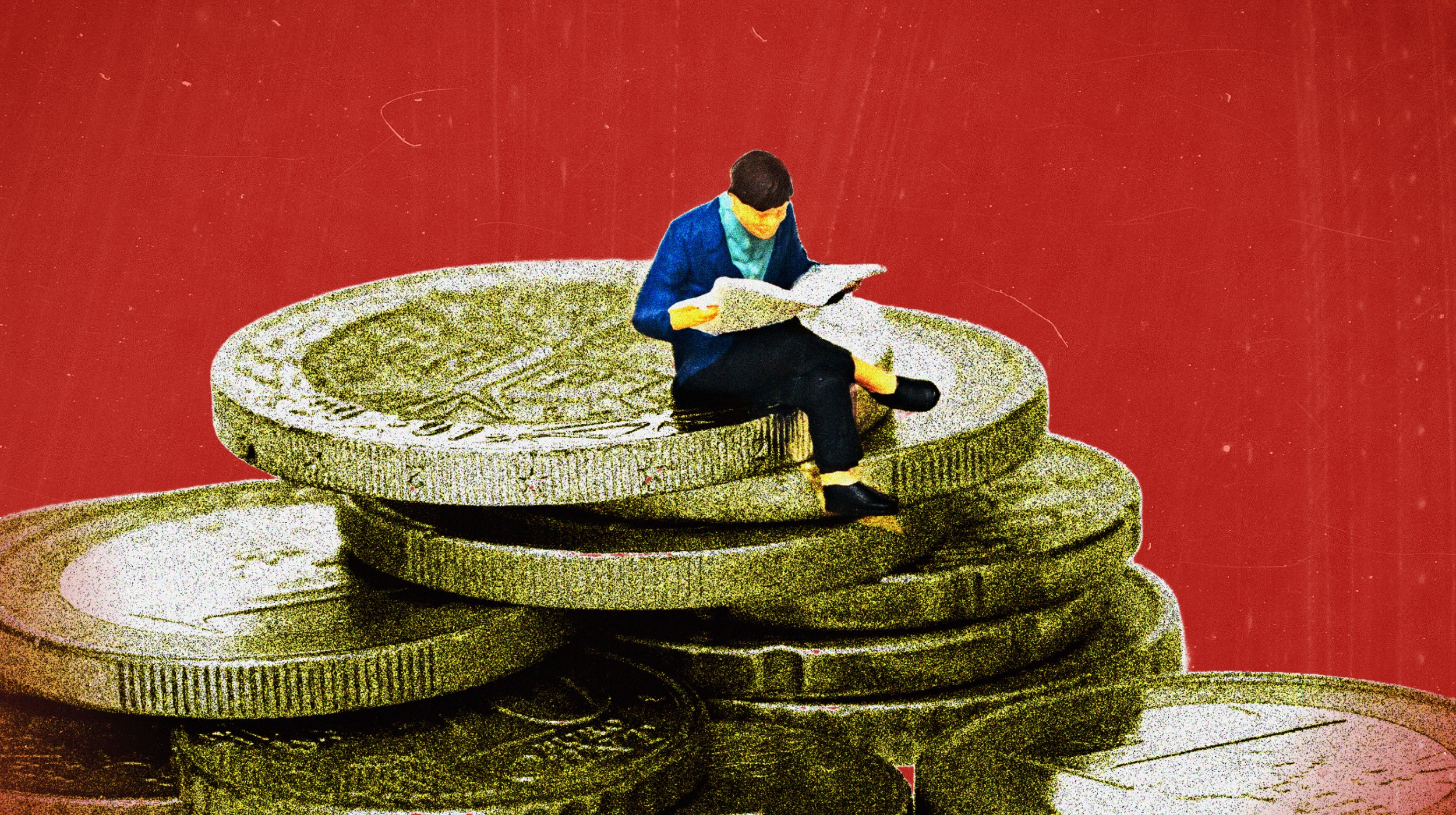Founder of AIG Financial Products Has a Plan to Rescue Global Banking System

Howard Sosin was the kind of Wall Street dealmaker who flourished in the footloose days of the mid-80s. As the founder of AIG Financial Products, he invented many of the complex financial instruments blamed for changing the rules of risk and wrecking the global economy. Now Sosin says he has a plan to fix America’s banks and restore confidence in the markets. Can a guy who got rich structuring derivatives save the global economy?
The story begins in 1986 (and is documented in full in a Washington Post story from last year called The Beautiful Machine) when Sosin, working with two other partners at the infamous junk-bond firm Drexel Burnham Lambert, conceived of an elaborate scheme to create attractive long-term, derivative-backed deals—theoretically immune to market fluctuations—that could be sold to Wall Street’s top financial institutions. It was a plan well suited for the hyper-deregulatory environment of the 1980s—Sosin realized you didn’t have to be a bank to get into the derivative game and that operating under a different structure made the process much more efficient.
Sosin and his team knew it would never fly at Drexel; they needed to find a big-name benefactor with a stellar credit rating to provide the financial backing, and one adventurous enough to let them pursue their plans without restriction.
Sosin found his way to American International Group chief Hank Greenberg whose insurance firm had a coveted AAA credit rating and plenty of cash. Sosin convinced Greenberg it was time to update his business practices and, in a marked departure for the venerable 67-year-old firm, Greenberg agreed. With that, the pair founded the now infamous AIG Financial Products.
Over the course of the next few years, the company redefined finance for an increasingly globalized world and raked in millions. Their new way of doing business was risky but lucrative and the relationship between Greenberg and Sosin was turbulent but mutually beneficial. Things changed when Financial Products lost $100 million on a deal in 1992 and Greenberg got nervous. The AIG chief moved to oust Sosin but retain control over the computational models that the former Columbia Business School professor had created.
When Sosin pushed back, Greenberg reacted by setting up a shadow computer system to track Financial Products’ every move. In 1993, Sosin left and later settled with AIG for a reported $150 million. With a rudimentary knowledge of Sosin’s calculus, Greenberg retained Financial Products and soon gave it subsidiary status. What was an ingenious scheme of derivatives and managed risk under Sosin became a Pandora’s box of super high-risk global deals with little oversight. For the next 15 years, AIG let Financial Products take on massive amounts of risk, which led to the company’s partial collapse last September and the costliest government bailout of a private firm in the history of capitalism.
Howard Sosin may have helped devise some of the complicated financial instruments that triggered the global recession, but he says he would never have approved the kinds of deals made after his departure from AIG. He calls the deals that happened under his watch “trivial” compared to the tail that wagged the dog—trading a little money for huge risk—in the years that followed. In an exclusive interview with Big Think, Sosin unveiled a new plan—one to rescue the same banks that eagerly gobbled up risky Financial Products—and perhaps save the entire global economy. It involves a heavy hand from the U.S. government—the same institution whose light hand made Financial Products possible in the first place.
Sosin told Big Think that the fundamental fact that the previous and current administrations don’t understand is that the “multiplier effect” that traditionally applies to capital doesn’t apply to toxic debt—meaning that $750 billion won’t come close to fixing the problem. Yesterday’s stress tests results confirm that. Citing Paul Krugman’s assertion that the problem was toxic banks, not just toxic securities, Sosin deconstructs the government’s proposed TARP [Troubled Asset Relief Program] and PPIF [Public-Private Investment Funds] and introduces two new ideas, both involving the government’s temporary ownership of restructured banks.
In his proposal, Sosin writes that the government’s efforts at resuscitating America’s banks with major subsidies and the purchase of troubled assets benefit creditors and equity holders instead of taxpayers. Using Citibank as an example, he demonstrates how the federal purchase of preferred stock has yet to bring banks back to solvency and that pricing and fairness difficulties compromise the PPIF program because the government and private sector share a 50/50 stake in toxic asset purchases.
Sosin’s first proposed alternative involves a Good Bank/Bad Bank distinction, separating good assets from bad. Inserting their own management team, the government’s separate Good/Bad divisions negate the need for PPIF, allowing toxic assets to run their course away from the marketplace. In addition, the bad bank could receive a structured neutral-rate loan, securing its assets and ensuring that the government [not bond holders] would be the top-priority claimant.
With two banks now operating where there was one, the insolvent “bad bank” could avoid immediate bankruptcy in favor of winding down naturally. By selling its bad loans to the bad bank at book value, the good bank’s solid balance sheet now allows it to make responsible loans to spur economic growth.
Sosin attempts to rectify any potential flaws in the Good Bank/Bad Bank solution with his second proposal: the Backstop Guarantee Takeover. With the government guaranteeing that all assets taken over from the bank with special equity be wiped out, the bank’s level of capital would not shrink, allowing it to make new loans, spurring economic growth and ultimately bringing it back to profitability.
With the government entitled to first rights to all bad asset payments and toxic assets expected to return to lower levels than those imposed by TARP, Sosin sees both the Good Bank/Bad Bank and Backstop Guarantee as favorable alternatives. Citing the Backstop Guarantee as the better of the two, his ultimate goal is to rehabilitate the country’s financial fortunes while benefitting Main Street over Wall Street.
You can read Howard Sosin’s full proposal here.





